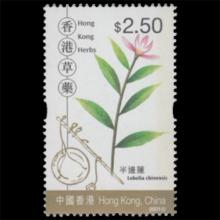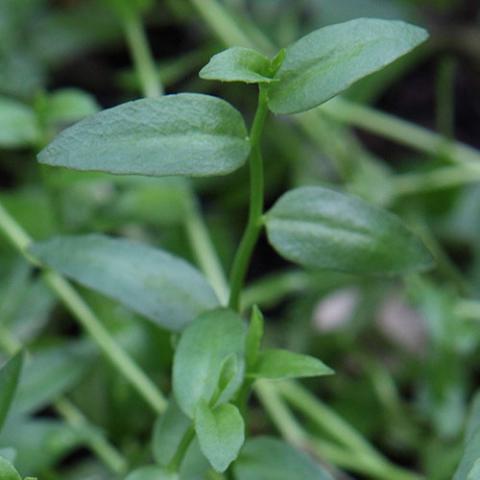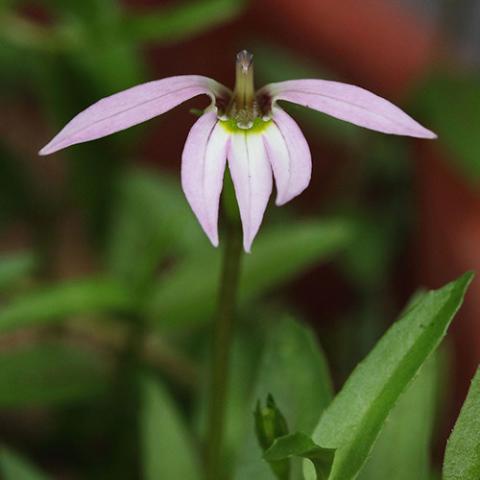NAME(S)
TAXONOMY
PLANTAE ID
THERAPEUTIC
Hong Kong
Issued:
Stamp:
Lobelia chinensis
Hong Kong
Issued:
Stamp:
Lobelia chinensis
Hong Kong
Issued:
Stamp:
Lobelia chinensis
Lobelia chinensis
excerpted from: Hospital Authority - Atlas of Poisonous Plants in Hong Kong
Poisonous Parts
Whole plant
Toxicity
- Toxic Constituents: Lobeline
- Mechanism: Lobeline is an agonist at nicotinic cholinergic receptors. The initial clinical features are mainly due to stimulation of the sympathetic ganglia; with larger doses or prolonged exposure, paradoxical inhibition occurs, resulting in ganglionic and neuromuscular blockade.
- Poisoning Features: Nausea, vomiting, diarrhea, headache, salivation, hearing loss, visual disturbance, confusion and weakness.
Identification Features
Perennial herbs, glabrous. Stems decumbent or ascendent, 6–15 cm or longer, rooting at the nodes. Leaves alternate, 8–25 × 2–6 mm. Flowers solitary; calyx lobes 5, lanceolate. Corolla pink, light purple or white, 10–15 mm long, slit open on the upper side nearly to the base; limb 5‑lobed, lobes spreading. Filaments united above middle. Capsules 5–6 mm long, obconical.
Medicinal Uses
Whole plant with roots used in TCM: induce diuresis and disperse swelling, clear heat and remove toxin. Recommended dose: 9–15 g.2,12–14
Reference: Hospital Authority - Atlas of Poisonous Plants in Hong Kong
Genus species (Plantae): Lobelia chinensis
Lobelia chinensis, commonly known as Asian lobelia, Chinese Lobelia, and Herba Lobellae Chinensis, is a species of flowering plant in the family Campanulaceae. It is one of the 50 fundamental herbs used in traditional Chinese medicine, where it has the name (Chinese: 半边莲; pinyin: bàn biān lián).
Description
Lobelia chinensis is a small perennial herb that grows in tangled clumps from 15 centimeters (5.9 in) to 35 centimeters (14 in) long. It has a long, thin, branching stem that is olive green and green-brown crumpled narrow leaves. It has little to no odor and a sweet and pungent taste. When harvesting herbs for medical use, the ones with the greenest stems and yellower roots are preferred.
Distribution
It is endemic to east, south, southwest, and south-central China.
Herbal Medicine
Lobelia chinensis is considered one of the 50 fundamental herbs in Chinese herbology. Historically, L. chinensis has been used in herbal medicine to help stop smoking, however the Food and Drug Administration has banned the use of herbs containing lobeline due to its ineffectiveness.
Toxicity and Adverse Effects
Lobelia chinensis is considered mildly toxic due to its adverse effects, including vomiting, heartburn, anxiety, vibrating, eclampsia, increased heart-rate, and severe stomach aches.
Reference: Wikipedia




